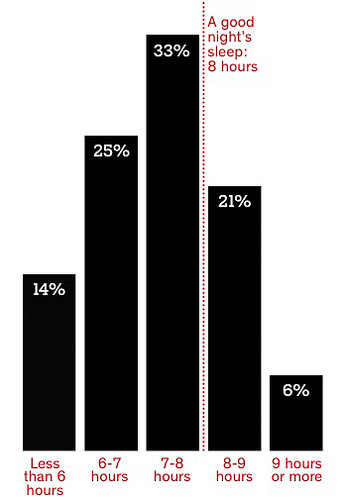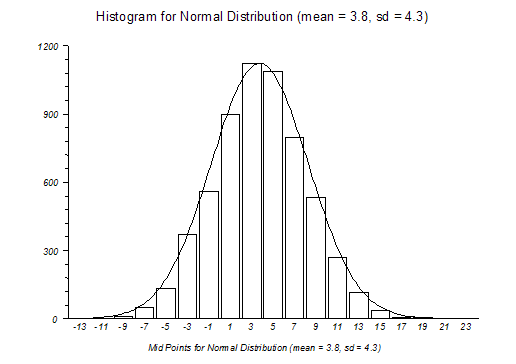
Remember truth tables? If p, then q. Inverse, Converse, Contrapositive, etc. First, a quick review. Take the true statement “If you paint, then you’re an artist”
- Inverse: “If you don’t paint, then you’re not an artist.”
(False. What if you just sculpt?)
- Converse: “If you’re an artist, then you paint”
(False. What if you just sculpt?)
- Contrapositive: “If you’re not an artist, then you don’t paint.”
(Ok, true, because if you did paint, you’d be an artist)
The point is that only the contrapositive is logically equivalent to the original statement.
Now, take a look at the statement “If you eat fat, then you’ll increase the odds of cardiovascular disease.” What’s the inverse? “If you don’t eat fat, then you will not increase odds of cardiovascular disease.” Well, as you know, the inverse is not logically equivalent to the original statement, and therefore can’t be assumed as true. In this example, limiting fat can lead to eating more carbohydrates (while keeping protein intake constant), which may be linked to cardiovascular disease
Watch 29:15 to 31:23 for this example of the incorrectly assuming the inverse is also necessarily true.
By the way, this lecture was the subject of a recent NYMag article titled Is Sugar Toxic?
![]()



